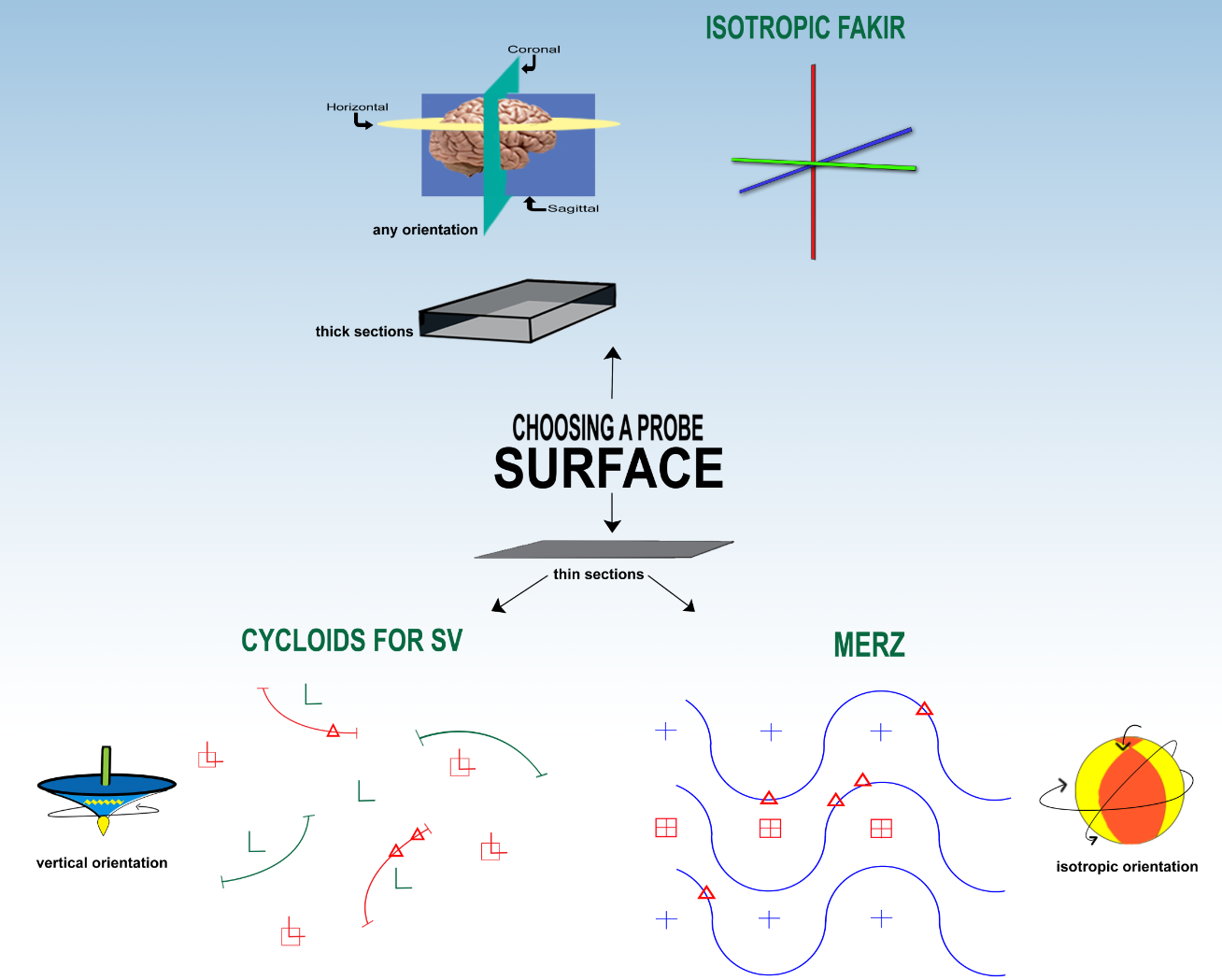
Based on these techniques we compared here in, the clinician may evaluate the growth of the brain in a more efficient and precise manner. From these results, it can be concluded that the semi-automated segmentation method and stereological technique can be used for reliable volume estimation of total brains in neonates. i.e., nearest-neighbor functions, chord-length distribution function, free-path distribution. The nearest neighbor probe is a method to estimate the distances between particles. We did not find any significant differences among the three methods (p 0.05). Second order stereology deals with relationships, for example the distribution of particles. Nearest Neighbour interpolation is also quite intuitive the pixel we interpolate will have a value equal to the nearest known pixel value. The mean (SD) TB volumes by fluid displacement, Cavalieri principle (point-counting), and semi-automated segmentation methods were 288.70 76.18, 270.12 78.93 and 282.39 73.17 respectively. Nearest Neighbour interpolation is the simplest type of interpolation requiring very little calculations allowing it to be the quickest algorithm, but typically yields the poorest image quality. KNN algorithms have been used since 1970 in many applications like pattern recognition, data mining. This MRI method relies on image processing to segment the images to identify specific structures and to segment the kidney from the surrounding tissue or background (Bennett, et al., 2013, Image analysis. However, it can be used in regression problems as well. However, unbiased stereology could be easily used to obtain a volume distribution by using, for instance, the nucleator probe. K Nearest Neighbor (KNN) algorithm is basically a classification algorithm in Machine Learning which belongs to the supervised learning category. Tewari, Application of Modern stereology. Introduction to Nearest Neighbors Algorithm. Pd atoms in the ordered cores of the particles have nearest neighbor. The recent developments in design-based stereology have become possible only with. Firstly, the total brain (TB) volume was determined by the use of the fluid displacement technique and then magnetic resonance images were analyzed by using two methods. Tewari, How far can nearest neighbors be, Indian Institute of Technology, Kanpur, August 2004. The results obtained with the nearest-neighbor method facilitate the.

Seven newborn cadavers, aged 39.9 ( 1.2) weeks, were included in the present study. The aim of the current study was to compare the total brain (cerebrum, cerebellum and brain stem, without the ventricular system) volumes in newborns using stereological (point-counting) and semi-automatic segmentation methods and Archimedes' principle.


However information related to the development of the brain during this period is currently quite limited. Abstract : Brain development begins in the early embryonic period and proceeds through the second decade of postnatal life.


 0 kommentar(er)
0 kommentar(er)
